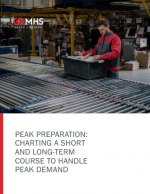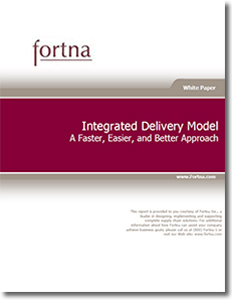Integrated Delivery Model - A Faster, Easier, and Better Approach
There will come a point in time within every distribution intensive organization when a conclusion is reached that incremental change in distribution capabilities is not enough and that a major transformation is needed.
Inevitably, every distribution intensive organization will reach a point when their warehousing capabilities require a transformation.
The need may arise subtlety over time, such as through a slow antiquation of systems or by reaching physical capacity after years of steady growth. Or, it may be caused by a sudden shift in business requirements such as an acquisition of a competitor, entry into a new market or sales channel, the loss of a key customer, etc.
Whatever the reason, the need for change is inescapable, and supply chain leaders must determine the most efficient and effective way to plan and execute the transformation.
Unfortunately, there are far too many examples of transformational supply chain projects highlighted on the front page of business periodicals that were poorly executed and incredibly costly in many ways.
Such projects are earmarked by budget overruns, lost revenue, finger pointing, and even halted careers. Meanwhile, external partners on these projects often have limited accountability for the results, get paid regardless, and move on to other projects.
This paper explores the external partner sourcing strategy of a cross-functional, supply chain project from strategy through implementation. The tenet behind this paper is that external service providers with an “integrated delivery model” provide supply chain leaders with an opportunity to more effectively manage the time, cost, and risk of such projects.
These partners have the skills and experience to lead and integrate the lion’s share of cross-functional responsibilities throughout the project. And, their approach guards against siloed, functionally focused communication and accountability, which is symptomatic of a poorly executed project. In essence, the integrated delivery model offers a faster, easier, and better approach.
What’s Related




Favorites





